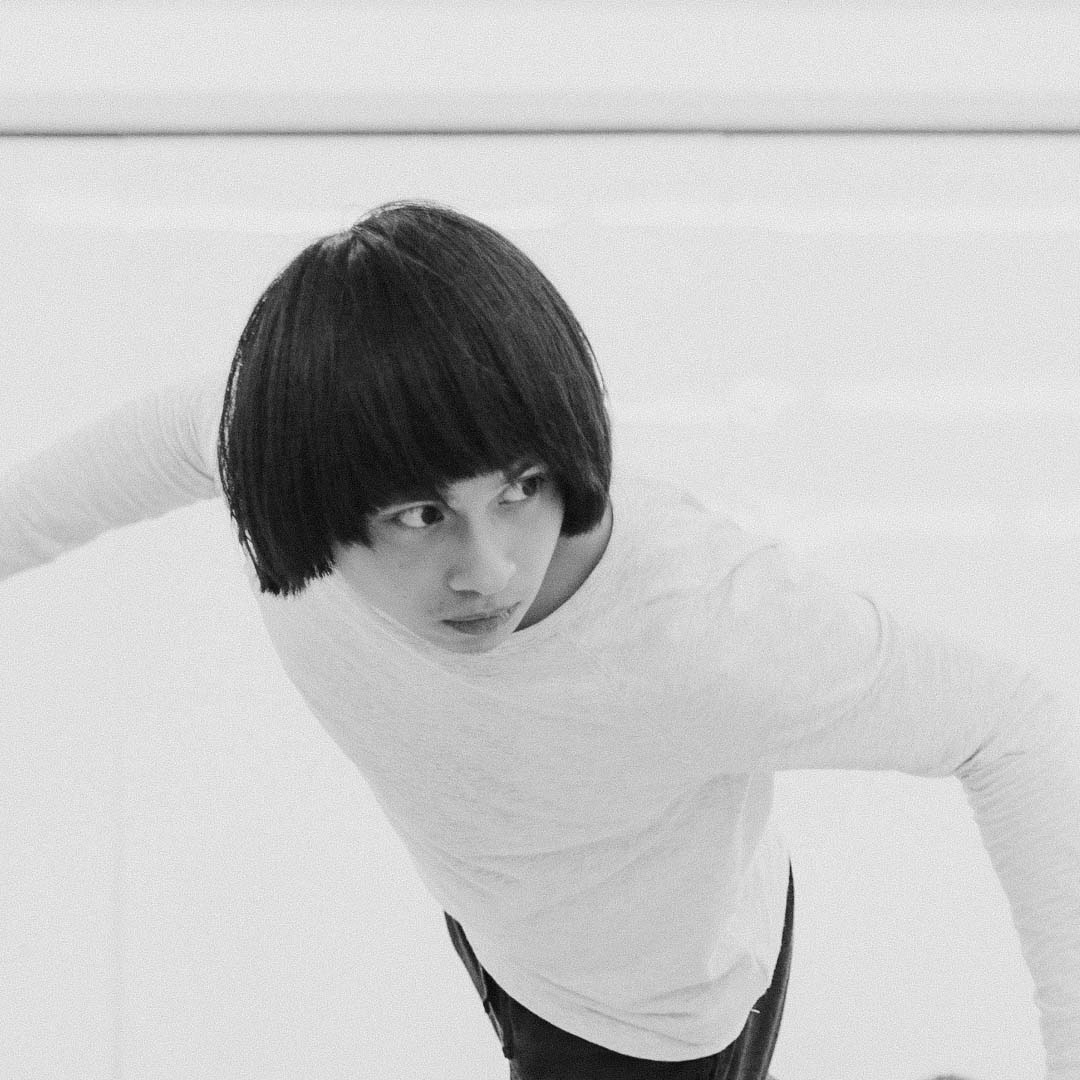Line Krom
My films explore the balance between agricultural productivity and environmental sustainability, highlighting the mindful progression necessary to mitigate dust's harmful effects. They underscore the movement of consciousness required to appreciate individual and collective well-being, reflecting on the broader impact of our actions and choices.
Dust is a significant contemporary problem, exacerbated by pollution and industrial activities. As an artist, I use dust in painting, performative and installation art, and BioArt.
Dust in rural areas highlights economic challenges in agriculture, balancing livelihood with environmental harm. My films advocate for sustainable agriculture and explore the tension between productivity and environmental protection.

Line Krom

My films explore the balance between agricultural productivity and environmental sustainability, highlighting the mindful progression necessary to mitigate dust's harmful effects. They underscore the movement of consciousness required to appreciate individual and collective well-being, reflecting on the broader impact of our actions and choices.
Dust is a significant contemporary problem, exacerbated by pollution and industrial activities. As an artist, I use dust in painting, performative and installation art, and BioArt.
Dust in rural areas highlights economic challenges in agriculture, balancing livelihood with environmental harm. My films advocate for sustainable agriculture and explore the tension between productivity and environmental protection.
Dramaturg's Notes
Across the two films, Line Krom explores the concept of dust as a living archive to uncover the intertwined histories of human and animal interactions. Dust particles, often seen as mere debris, hold crucial information about their environments, containing remnants of animal feed, soil, microorganisms, and industrial residues. By analysing dust from various farms and industrial sites, we trace the evolution of farming practices, shifts in animal husbandry, and their impacts on human and animal lives.
The German concept of Staubfänger - literally a "dust catcher" - is the starting point for both films. Staubfänger are objects that are left to gather dust - like the artefacts in Dust Catcher and the mechanical feeders in The Farmer. These items in which dust is captured are perceived not to be valuable enough to be thrown away, yet they are not considered precious - there is a utilitarian need to be fulfilled. Nonetheless, what can the microscopic sedimentation of dust and the spaces in which the dust is gathered imply for humans and the larger ecological and economical landscapes?
The creative process was not without its fair share of difficulties. Though Line initially wanted to look at agricultural crops such as corn/maize, the rain in the countryside kept the soil wet - hence preventing ploughing and reducing airborne dust that was needed for this project. Therefore, an indoor shift, as visible in Dust Catcher, was necessary to highlight the subtle yet profound presence of dust in the museum. Once a family farm house, the museum also was particularly used for filming the Grimm Brothers fairy tales. Keeping in line with the site-derived connotations and intertextual references Line reimagines the entire body as a whimsical staubfänger. Perhaps this dreamlike state is a reminder about the body going down to dust at the end of the day. By stark contrast, in the contemporary architecture that presents a sterilised experience of the poultry farm, the thin film of dust in the machines of The Farmer, becomes a politically charged visual on the care given when treating livestock.
Through both films, Line invites the audience to relook at how dust speaks to larger issues, and hence highlighting the balance needed in human consumption.
About Artist(s)
Line Krom
Line Krom, a German artist and cultural anthropologist, explores the cultural richness reflected in dust and debris collected from museums, archives, and other culturally significant sites such as mining or agriculture. Dust serves as both a metaphorical and material substrate for investigating themes of time, memory, environmental justice, and cultural heritage in Krom's artistic practice and research.
Currently, Krom explores agricultural dust in Germany, utilising it as a medium to create a landscape portrait. This artwork harnesses the potential of dust to evoke broader implications, including social, economic, and environmental concerns. Krom explores how exposure to dust, pollutants, and environmental factors may impact human health and well-being, highlighting broader issues related to environmental health and sustainability.
Krom is based in Frankfurt, Germany. Her work has been exhibited internationally at prestigious venues including Jerwood Space London (GB), Namibian Arts Association (NA), and CCA Kitakyushu (JP). Notable recent solo exhibitions include "Hortus Pecuniae - Garden of Money" at Kunstturm Mücke (2022) and "Numbers Rule" at Frauen Museum Wiesbaden (2020).
In 2023, Krom was invited as a guest artist to explore the implications of dust in global contexts, collaborating with institutions such as the National Centre for Natural Sciences Bangalore, Kommunal Kunst og Teknik in Copenhagen, hackteria|Open Source Biological Art in Zurich, and Tsau//Khaeb (Sperrgebiet) National Park, Namibia supported by NAMDEB, OMDis and StartArt Gallery Windhoek, Namibia.
.avif)

.avif)




.avif)
%20(1).avif)
.avif)
.avif)


_cropped.avif)






